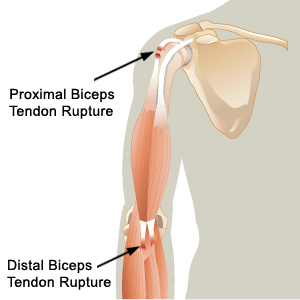Lower-limb amputation refers to the surgical removal of the
lower limb (leg) or part of the lower limb. Of course, amputations of the upper
limb, or arm, also exist, but due to the non-weight-bearing nature of the arm,
this is much less complicated and so will not be discussed in this blog
article.
Lower-limb amputations are caused by the following:
·
Circulatory and vascular diseases associated
with type 2 diabetes and peripheral vascular disease – 70%
·
Trauma to the limb itself – 23%
·
Removal of tumours – 4%
·
Congenital deformities – 3%
Lower-limb amputations caused by vascular diseases are more
common in individuals over the age of 55 years; whereas, those caused by
trauma, tumours or congenital deformities are more common in individuals under
the age of 50 years.
It is important to know the cause of an amputation from an
exercise perspective because the purpose of the exercise therapy will differ
slightly. If an amputation was caused by a vascular disease, then it is
important that the exercise programme focuses on reducing the progression of
the associated vascular condition. On the other hand, the purpose of the
exercise programme for those with amputations caused by trauma, tumours or
congenital deformities is the same as that for able-bodies individuals, the aim
being, to reduce the risk of diseases associated with a sedentary lifestyle,
such as high cholesterol, high blood pressure, diabetes and obesity.
Individuals who have had an amputation are at greater risk of developing these
diseases, as they are more likely to be sedentary, purely because of their
physical limitation. However, this should not be an excuse not to exercise, as
there is a wide variety of exercises that can still be performed.
Depending on the level of amputation – at the foot, below
the knee, above the knee or at the hip – various factors must be considered
when planning an exercise programme. Appropriate exercise modalities need to be
chosen according to the individual’s physical capabilities and current level of
fitness. Swimming and arm ergometry are generally both safe and appropriate
forms of exercise for most lower-limb amputees. Strengthening exercises are
important and can usually be done with minor adaptations. It is generally more
safe to use machines, rather than free weights, because an amputee’s balance is
more likely to be compromised.
Walking is important to enable individuals to become as independent
as possible; however, one cannot overdo it. Individuals with a prosthetic leg
are susceptible to sores and infections, as a result of the prosthesis rubbing
on the skin. This can cause further disability if the sores do not heal. These
individuals also expend more energy when walking than able-bodied individuals
and so cannot walk as far or for as long. Phantom pain, a common complaint of
amputees, is pain experienced in the amputated limb. This pain ranges from mild
to severe and can also hinder one’s exercise ability.
Although amputation is considered a disability, there is
still a wide range of movement and functional exercises that amputees can achieve,
ranging from the normal daily activities to competitive sport. It is crucial
that one does not give up following an amputation, but rather seeks
professional advice, such as that of a biokineticist, to assist in implementing
an appropriate exercise programme that focuses on the needs and goals of the
individual.
References
ACSM’s Exercise Management for Persons with Chronic Diseases
and Disabilities



